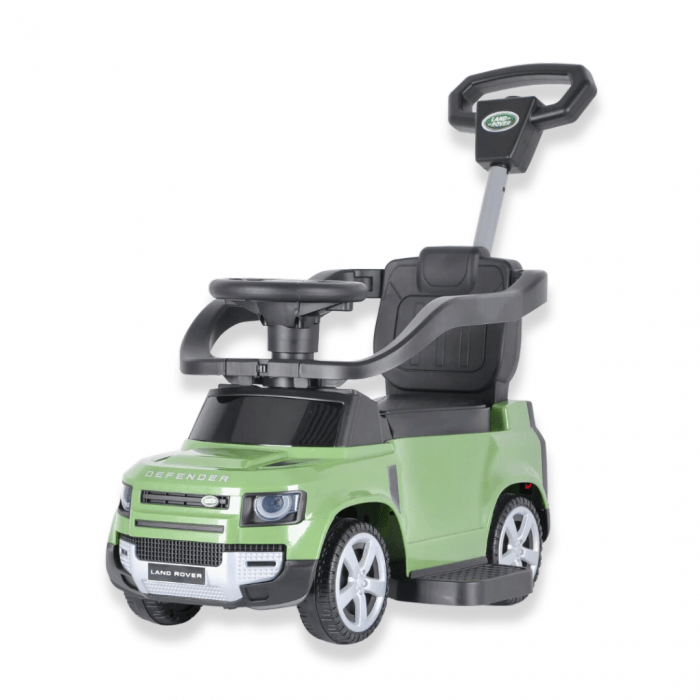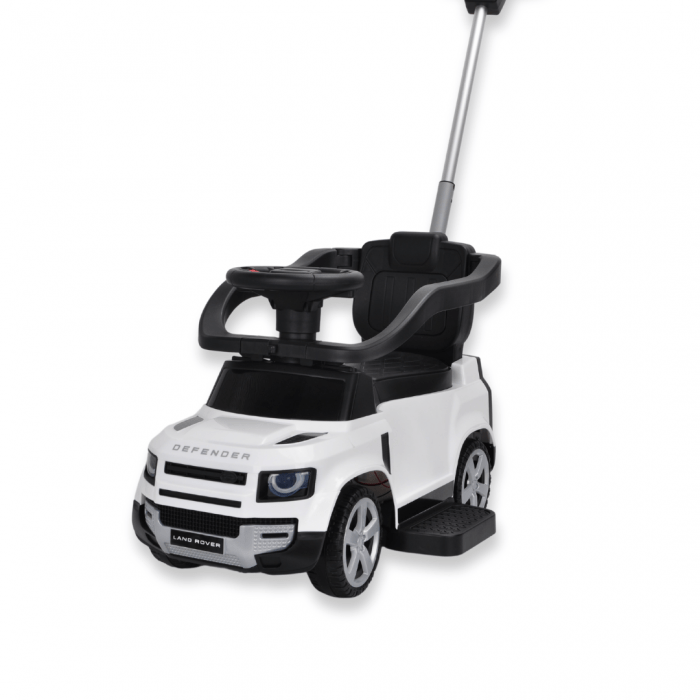New Info On Selecting Electric Kids Cars
Wiki Article
What's The Battery Life Of An Electric Ride-On Car For Kids?
Understanding the battery and charging times of a kid's electric ride-on car is essential to ensure optimal performance and continuous time for play. Here's the information you need to know about the type of battery.
The majority of electric ride-on vehicles for kids use rechargeable batteries, usually lead-acid or lithium-ion batteries. Lead-acid batteries take longer to charge and have a lower battery lifespan.
Battery Capacity
The battery size that is expressed in amperehours (Ah) or watthours(Wh), will determine the amount of time a car can be operated with one charge. The capacity of the battery is crucial because it determines how long the ride-on car can operate before charging.
Run Time -
The runtime of an electric car is the amount of time it is able to run continuously on one battery charge. The running time of an electric ride-on automobile will vary depending on the factors like the battery capacity and the motor's power. It also depends on the terrain as well as the user's weight.
For electric ride on cars The typical runtime for electric ride on cars is 30 minutes up to 2 hours on a single battery charge. However, some batteries that have high capacity may have longer runtimes.
Charging time -
The charging duration refers to how long it takes to completely recharge the battery once it is depleted. Charging times can vary depending on the battery capacity, charger specifications and the charging methods.
Charge times vary between 8 and 12 hours to full charge of electric ride-on automobiles. However, certain models offer quicker charging times, especially if using lithium-ion batteries.
To ensure safety and long-lasting battery life, it's important to recharge the battery in accordance with the manufacturer's instructions. The battery's performance and its lifespan could be affected negatively when it is overcharged or undercharging it.
Method of Charging
Chargers for electric ride-ons are usually connected to standard electrical outlets. Certain models come with fast-charging capabilities or smart charging systems that monitors the battery's charge status and adjusts charging rate accordingly.
To avoid any harm to the electrical system or battery Make sure the charger and port are compatible with chargers provided in your ride-on car.
Additional Batteries
Some electric ride-on cars offer the option of purchasing additional batteries or extra batteries to increase the duration of play. Extra batteries allow you to replace batteries that are exhausted with fully charged batteries, which reduces the time spent in the car.
Understanding the battery life and charging time of an electric kids' car ensures your child will enjoy uninterrupted playtime and fun adventures while exploring their surroundings. Regularly charging the battery and following the correct charging procedures will help increase the battery's life and performance. Have a look at the best McLaren kids car for website examples including electric ride on, car toy car toy, car on ride, toy car, electric ride on, childrens electric ride on, electric ride along car, childrens ride on, cars pedal car, ride a toy and more. .

What Are The Top Cars For Indoor And Outdoor Use For Children?
Cars for children come with specific features that are suited to different environments and scenarios regardless of whether they're indoors or outdoors. These models are designed differently: Indoor Use Cars
Size and Weight- Cars intended for indoor usage will be smaller in dimensions and weight and therefore easier to maneuver within tight spaces. This includes living rooms and playrooms. They are small enough to maneuver around tight corners and narrow passageways without causing damage to walls or furniture.
Low Ground clearance - Indoor vehicles are designed with the lowest ground clearance to avoid getting stuck on rugs, carpets or thresholds. This permits smooth, unhindered motion on indoor surfaces.
Smooth Wheels- Indoor use cars The wheels are usually composed of smooth materials like plastic or rubber for traction on surfaces with a smooth surface, like tiles or laminate flooring. They are designed to minimize noise and stop scratching or scuffing indoor surfaces.
Limited Speed - Indoor vehicles generally have a limit on speed to ensure safe and controlled driving even in tight spaces. This can prevent accidents or collisions with walls, furniture, or other obstacles commonly found indoors.
Outdoor Use Cars -
Construction that is durable - Outdoor vehicles are built using durable materials like steel or tough plastic to withstand the rigors of handling and the elements of nature, including the sun, humidity and temperature fluctuations. They are less susceptible to wear and tear from exposure to the elements.
Outdoor use: Cars with a greater ground clearance are able to navigate bumps and obstacles outdoors. They can traverse rough surfaces such as gravel, pavement, grass, or dirt without getting stuck or harmed.
Traction Tires: The tires on cars that are intended for use outdoors are often fitted with treads, or patterns that improve grip and traction when driving on slippery or uneven surfaces. This provides stability and control while driving on rough terrain, preventing skidding or sliding.
Weather-resistant components - Cars intended for outdoor use might include weather-resistant components like electronic components that are sealed with waterproof casings, or rust resistant materials. These features protect the car from moisture and environmental damages. The vehicle can be subjected to mud, rain and puddles without performance loss.
Outdoor-use vehicles have a higher speed limits to allow for huge areas and distances. This lets children experience an exciting and thrilling ride when exploring the outdoors.
Parents can select a car for their children that suits their needs, whether indoors or outside, by taking into consideration the features and design. This will ensure an enjoyable, safe and lasting play experience. Take a look at the best click here on Audi ride on car for more info including toy toy cars, car electric ride on, toy cars toy car, toy the car, childs electric ride on car, riding digger, car on ride, ride on car, electric car ride, remote control childrens car and more. .

What Remote Control Options Are There For Children's Cars That Are Available? What Are Some Of The Advantages And Disadvantages?
Remote control cars for children, also known as RC cars, or remote-controlled vehicles, come in various sizes, styles, and price ranges to fit different preferences and budgets. Here's a breakdown of the pros, cons, and the sizes of remote controlled car types.
Electric RC Cars - Battery-powered remote-controlled cars that can be used for indoor and outdoor use. They come in a range of designs like buggies, trucks and sports cars.
Nitro RC Cars – Gas RC cars with faster speeds and better performance. However, they require more knowledge and expertise to operate. They are typically larger and more expensive than electric RC cars.
Scale Models (Remote-controlled replicas) Miniatures of real-life vehicles such as planes, trucks, or cars. Scale models range between 1-10 and 1-24, with the larger scales allowing for more details.
Sizes -
Remote-controlled cars for kids are available in various sizes. From tiny to full-size replicas, they come in a variety of shapes and sizes. The size and weight of the car will affect its performance.
Micro-sized cars are compact and light, making them ideal for indoor usage and younger children. Larger models provide greater power and durability and are ideal for off-road racing in the outdoors and for outdoor driving.
Prices
The cost of remote-controlled cars for children will vary based on the characteristics, features, and brands as well as the quality.
Micro-sized electric RC cars can vary from $20 to $100 The larger-scale nitro and electric cars are available from $100 to $500 or more.
Models and high-end hobbies RC automobiles cost anywhere from a few hundred dollars to over 1000 dollars, depending upon the degree of detail.
The pros and cons of -
Pros -
Children and adults will enjoy endless hours of entertainment and fun with remote control cars.
Skills Development The operation of an RC vehicle helps children develop eye coordination, spatial awareness, and problem-solving abilities.
Social Interaction: RC cars can be played with families and friends, promoting social interaction and collaboration.
Customization – Many RC cars can be customized using aftermarket modifications parts and accessories that improve the performance and appearance.
Cons -
Costs - Top-quality cars with the latest features, such as hobby-grade cars, can be quite expensive.
Learning Curve - Operating an RC car requires a lot of practice and skills, and young children might struggle with the controls in the beginning.
Maintenance - RC vehicles require regular maintenance. This includes cleaning, lubrication as well as occasional repairs and part replacements.
Safety concerns RC cars are a safety risk, and can cause electrocution, collisions and falls when used without supervision by an adult.
Children of all ages will love remote-controlled cars. It is crucial to take into consideration factors such as cost, size and security before deciding on the most suitable model. For older children, hobby grade RC cars could be the best choice. However, simpler models could be a good option for children who are younger. View the best Lamborghini ride on car kidscars.co.uk tips for site recommendations including toy car toy car, race car toy car, childs electric ride on car, remote control childrens electric cars, ride ons, ride of car, childrens ride on, toy car toy car, race car toy car, toy car for car and more. .
